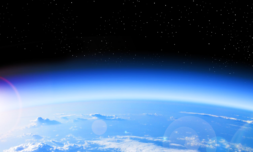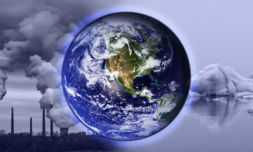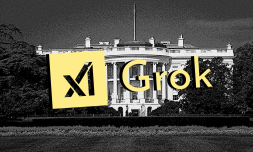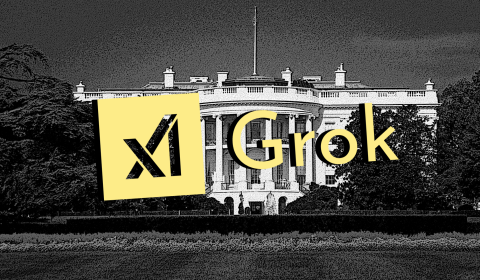Before climate change dominated headlines globally, our deteriorating ozone was the prime ecological concern. Decades later, scientists now claim a full recovery could be on the cards before the century’s end.
There’s belief bubbling that in the foreseeable future we may actually save ourselves… from ourselves.
Amid the constant, demoralising talk of how climate change is threatening the planet, here’s a report to galvanise yourselves and avoid existential dread on a Monday evening.
Earth’s ozone layer – you know, that atmospheric barrier between us and the Sun’s insane radiation levels – could be fully repaired within the next 50 years, according to recent reports.
The National Oceanic and Atmospheric Administration (NOAA) has confidently made this prediction based on 3D renderings recorded at the start of the year. Before we get into that, however, it’s important to understand how this damage formed in the first place.
Before an international treaty called the Montreal Protocol came into effect in 1989 and limited their usage, CFC (chloroflaurocarbons) substances were all the rage.
Billed at the time as being non-toxic, cheap, and highly effective, these industrial compounds sprouted in the 1930s and became ubiquitously used within aerosol sprays, foams, packing materials, and solvents.
While manufacturers thought these were a dream for a profit margins, their high levels of chlorine and fluorine were binding with our atmospheric makeup for decades and wreaking havoc. Click here for our comprehensive breakdown of the policy.












.png)








